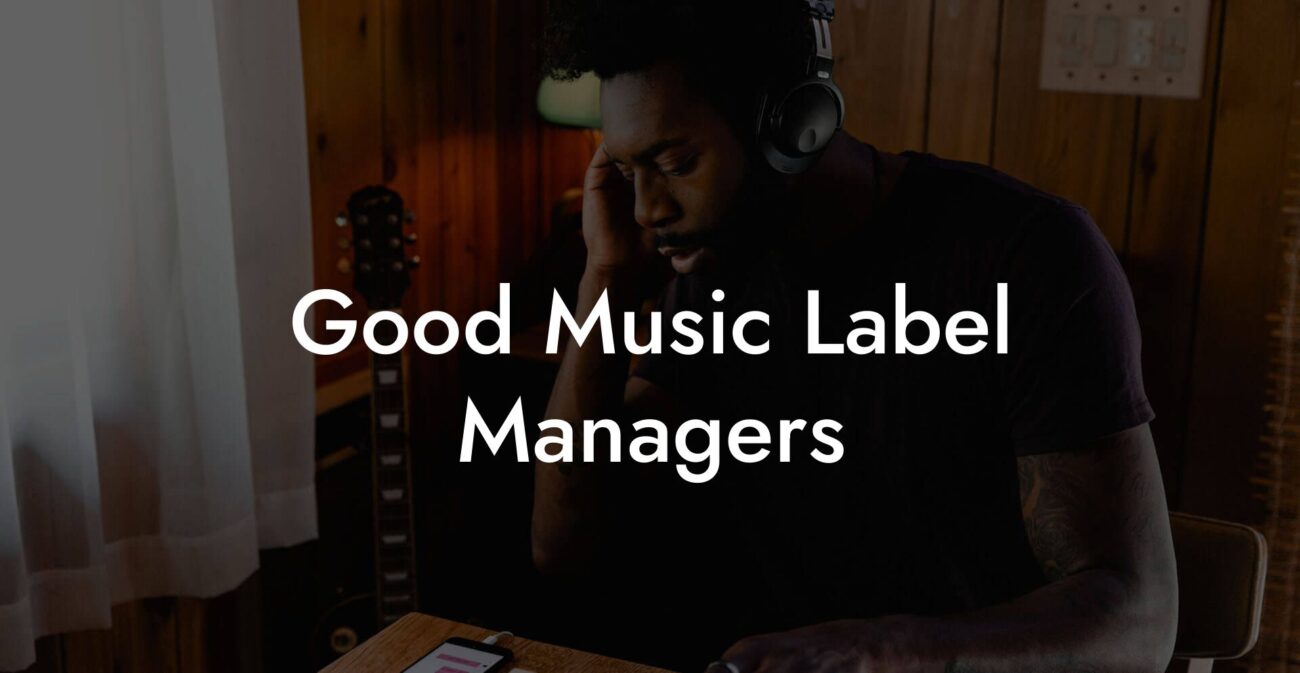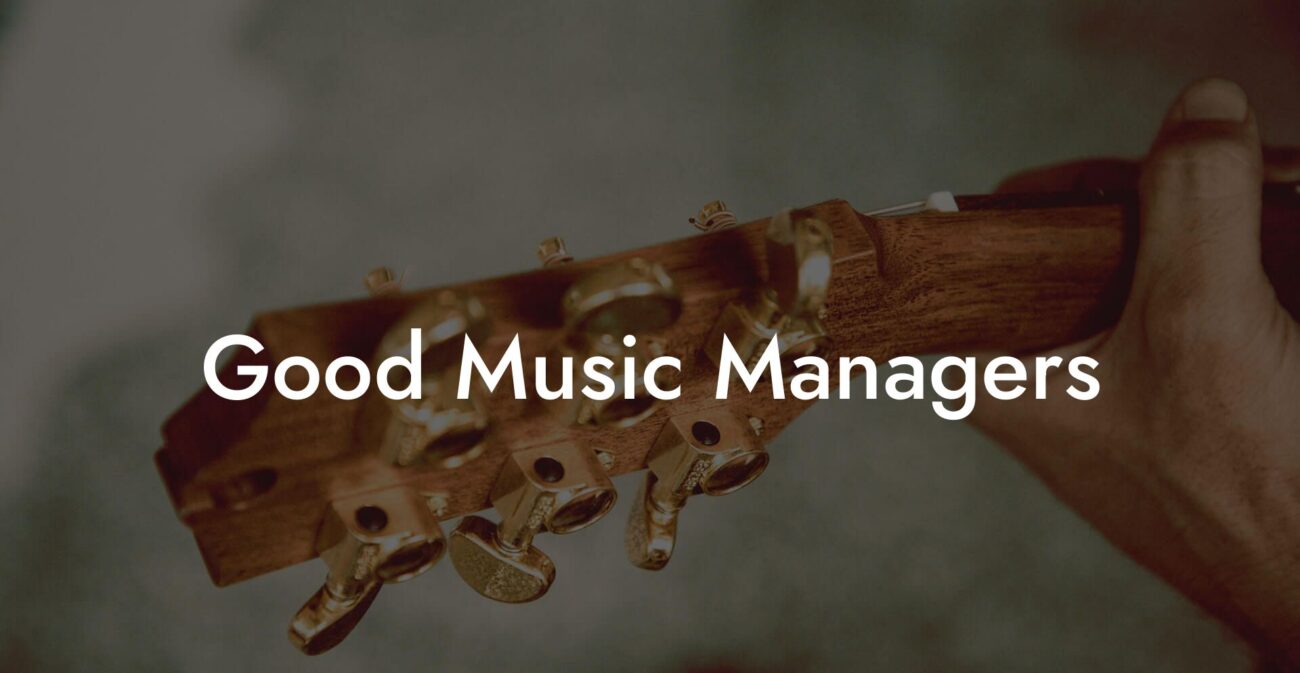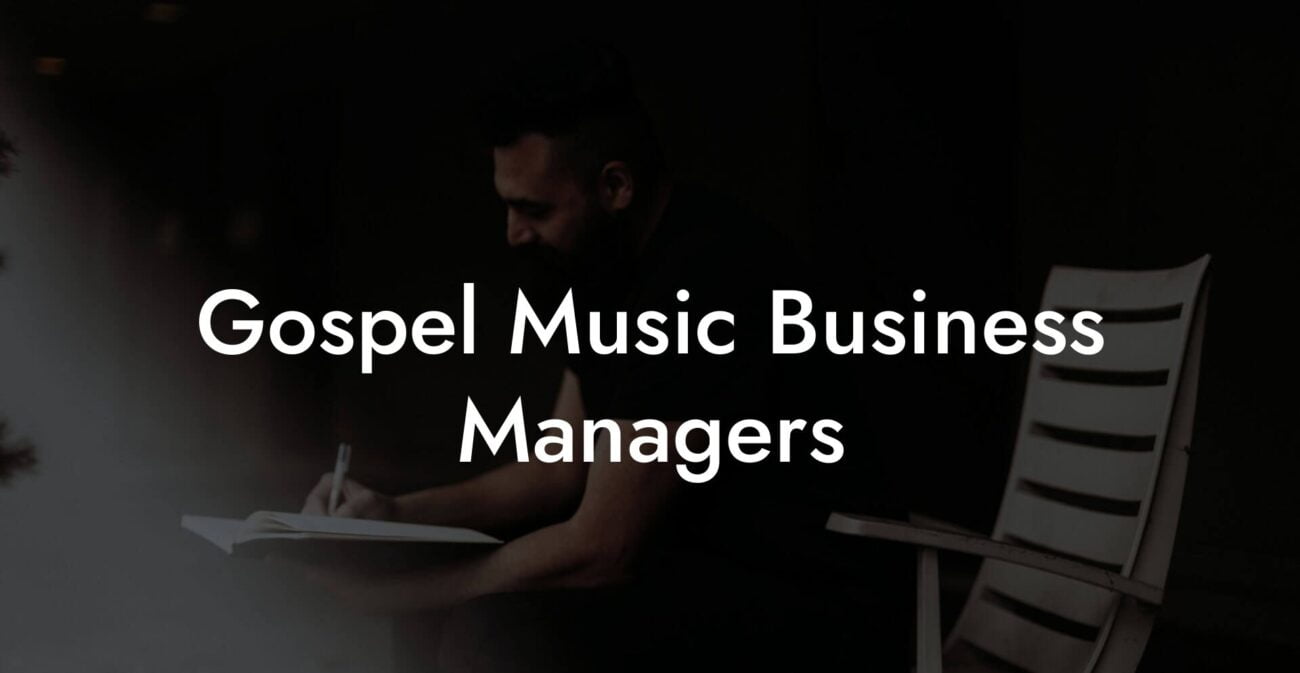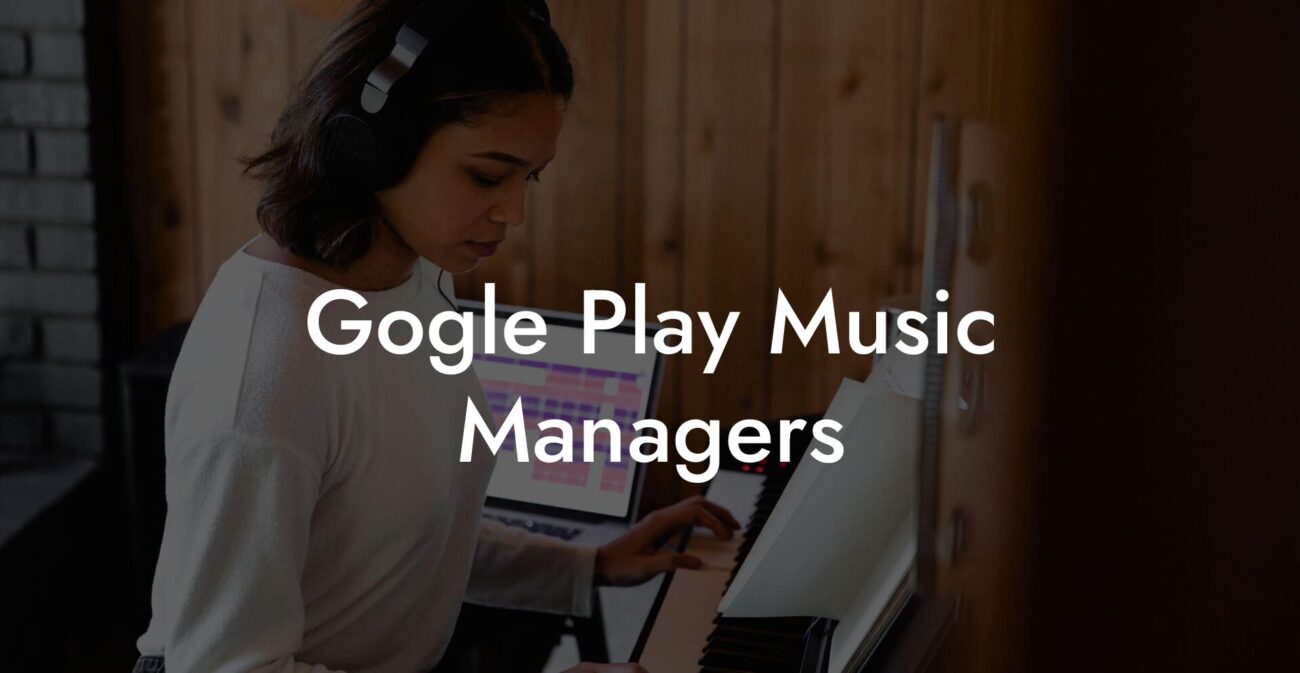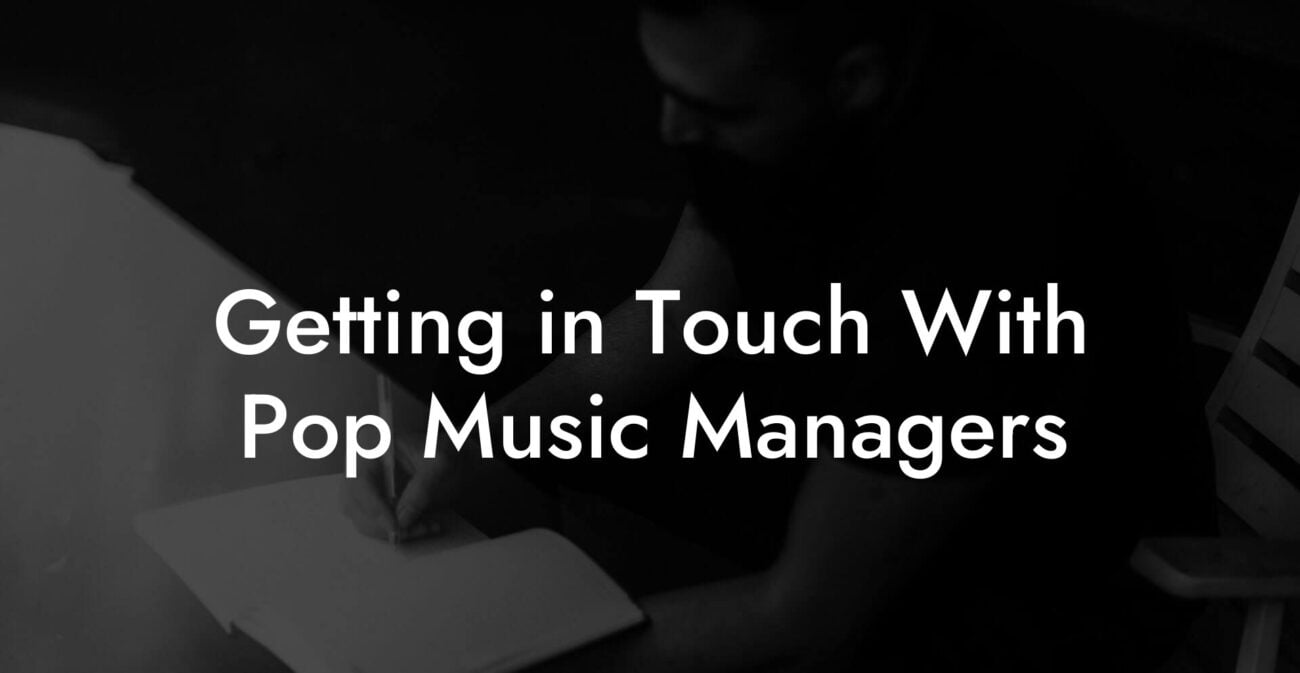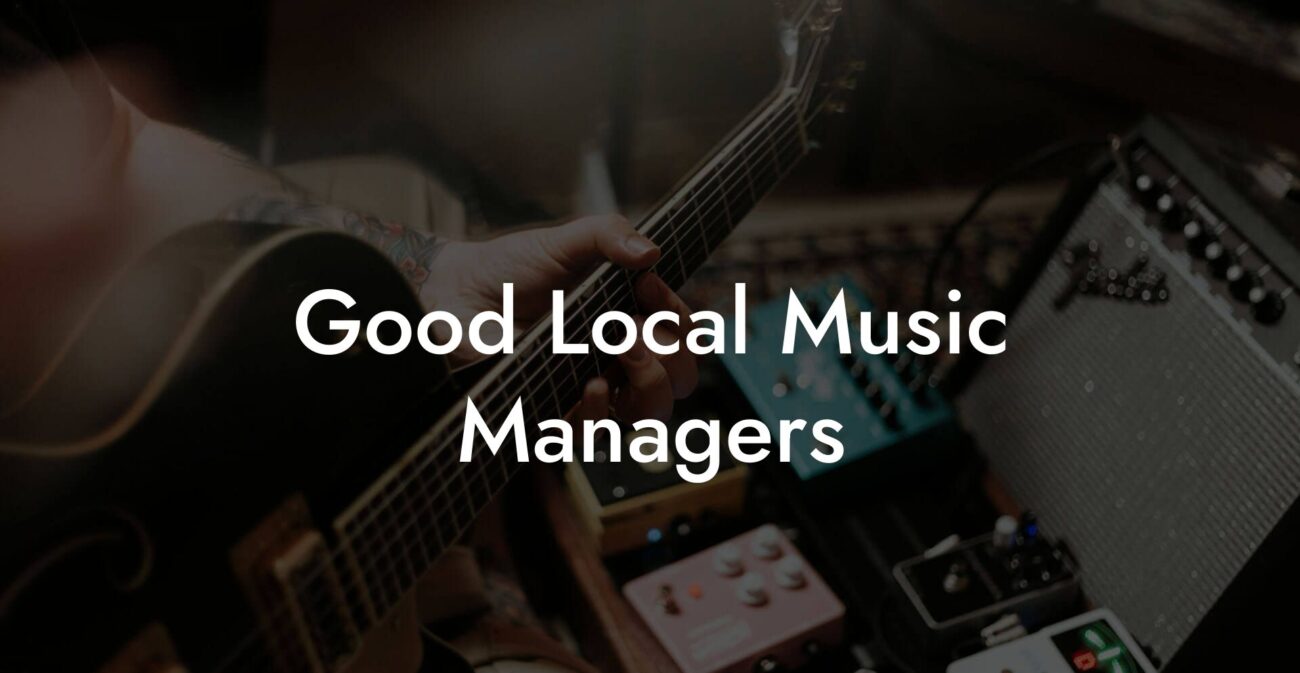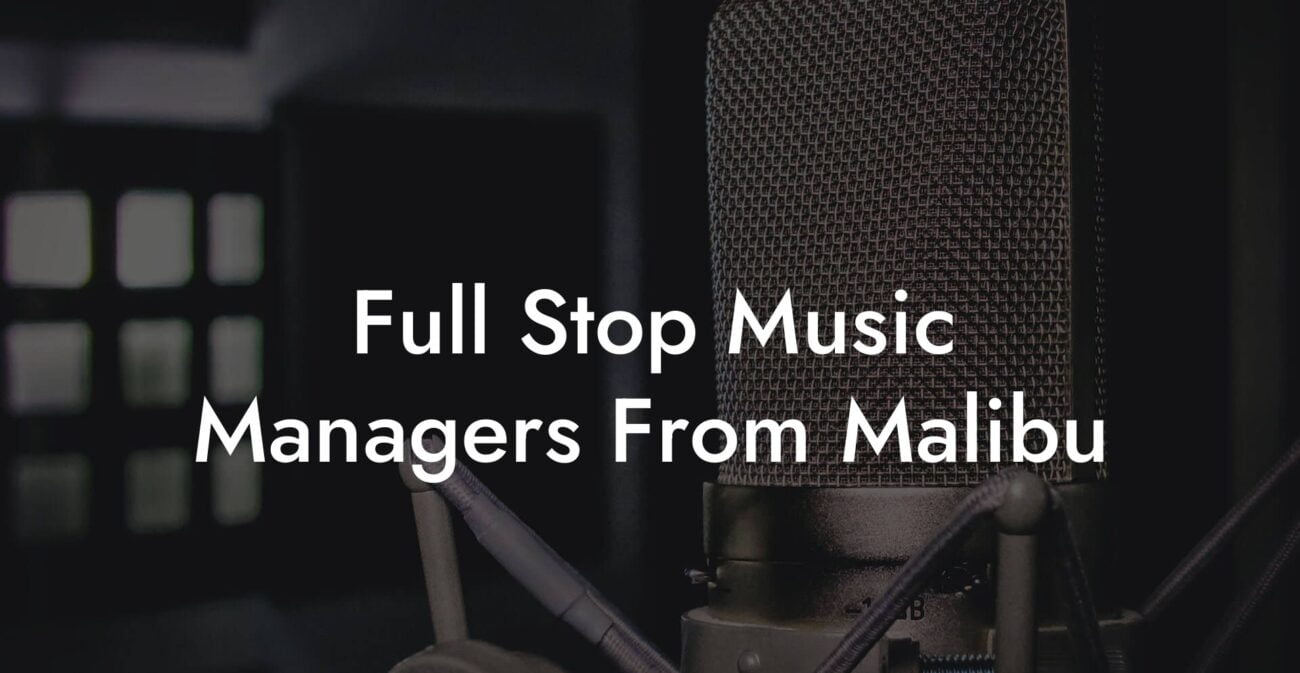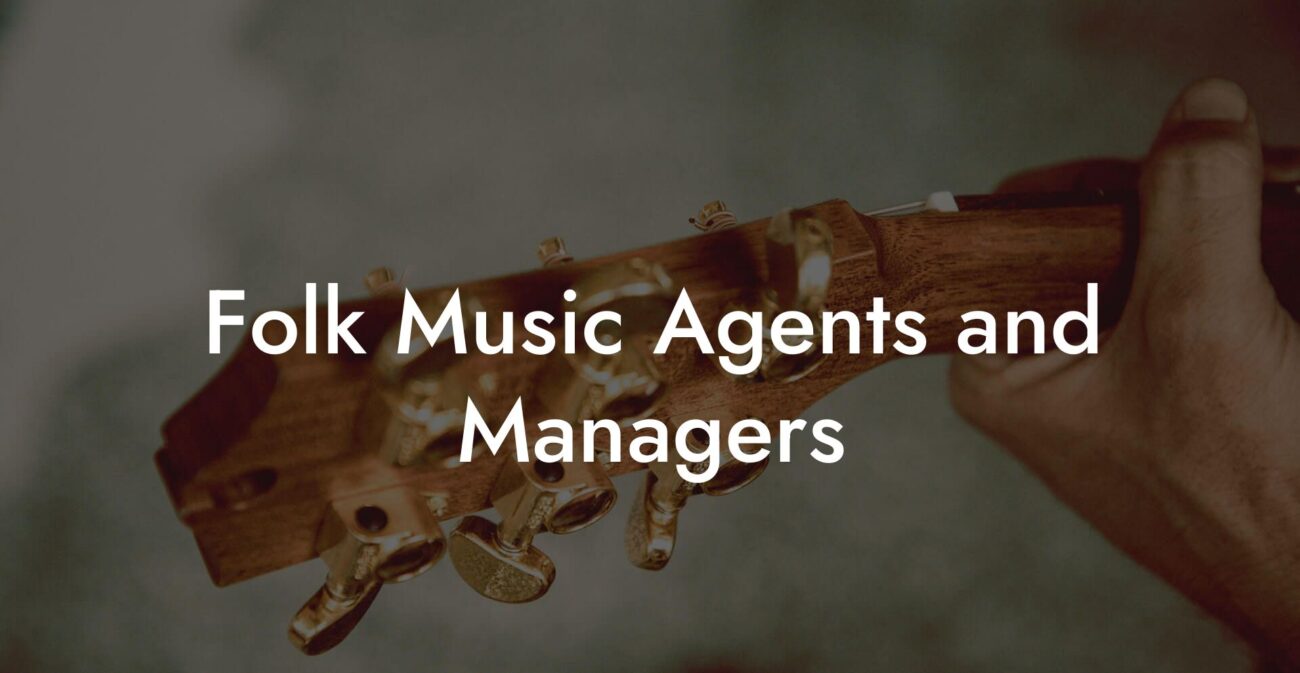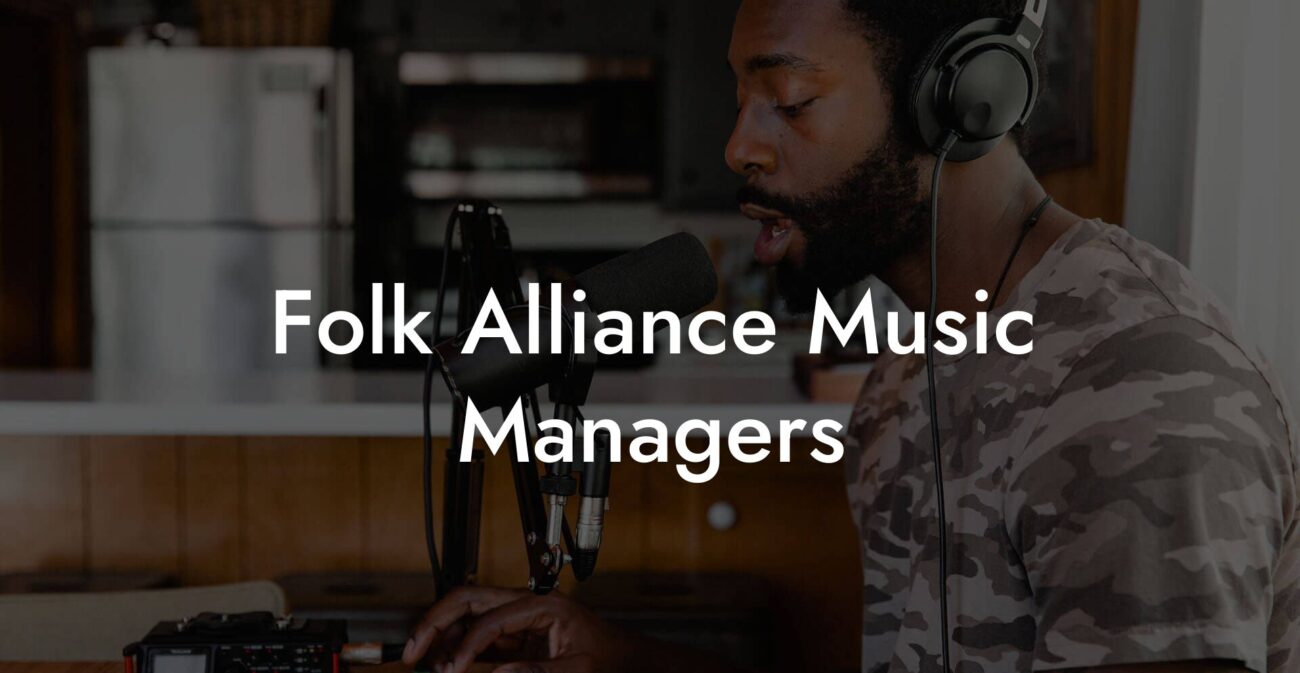Songwriting Advice
How To Write A Kpop Song

You want a Kpop song that slaps on the first play and becomes a fan chant by week two. You want a chorus that explodes on the hook, a rap that hits like a mic drop, a hook that doubles as choreography bait, and lyrics that work in both Korean and English without sounding like a translation project. This guide gives you the exact workflow, templates, examples, and industry know how to write songs that idols can perform and fans will queue for on streaming platforms.
Quick Interruption: Ever wondered how huge artists end up fighting for their own songs? The answer is in the fine print. Learn the lines that protect you. Own your masters. Keep royalties. Keep playing shows without moving back in with Mom. Find out more →
Quick Interruption: Ever wondered how huge artists end up fighting for their own songs? The answer is in the fine print. Learn the lines that protect you. Own your masters. Keep royalties. Keep playing shows without moving back in with Mom. Find out more →
Quick Links to Useful Sections
- Why Kpop Requires Its Own Playbook
- Understand The Typical Kpop Song Structure
- Define The Concept And The Core Promise
- Choose A Target Artist Profile Or Group Type
- Language Strategy: Korean, English, Or Both
- Prosody Example
- Melody And Topline Craft For Kpop
- Example Hook Builds
- Chords And Harmony For The Kpop Sound
- Rhythmic And Production Choices That Make The Stage Pop
- Write A Rap That Feels Both Local And Global
- Lyrics That Live In Camera Shots
- Design The Post Chorus Or Hook Moment
- Post Chorus Types
- Choreography Cues And Write Time
- Arrangement And Dynamics For Impact
- Vocal Production Tips For Kpop Sound
- Demo Deliverables And File Naming Conventions
- Credits And Publishing Basics You Must Know
- How To Make A Hook That Works For Fans And Choreographers
- Lyric Editing Checklist For Kpop
- Quick Templates You Can Use Today
- Template A Small Group Party Banger
- Template B Emotional Ballad With Big Live Moment
- Songwriter Exercises Tailored To Kpop
- Common Kpop Songwriting Mistakes And Fixes
- Real Life Example Walkthrough
- Promotion And Release Considerations
- How To Pitch Songs To Kpop Agencies
- Wrapping Up Your Song Without Overworking It
- Kpop Songwriting FAQ
Everything here is written for real people who want concrete results. If you are a producer, a topliner, an idol, or a songwriter who wants placement in agencies or with independent artists, you will get actionable steps. We cover structure, melody, rhythmic prosody, Korean language tips, rap sections, choreography cues, production choices, deliverables, credits, royalties, and the final packaging that makes a label or a dance crew fall in love.
Why Kpop Requires Its Own Playbook
Kpop is not a genre in the narrow sense. Kpop is a carefully produced entertainment product that blends pop, hip hop, EDM, ballad, and R B influences into a performance package. The song must live on streaming platforms and on stage. The song must land in the first eight bars. The song must be comfortable for choreography. The song must have a visual identity that the music video can amplify.
That means songwriting decisions are not just musical choices. They are staging choices, choreography invitations, and social media hooks. If you write with only Spotify in mind, you miss half the market. If you write as if you are just making a radio single, you miss viral choreography moments and fan chant potential.
Understand The Typical Kpop Song Structure
Kpop structure borrows pop building blocks but often layers them with more parts. Think modular. Each module can be audio only, visual, or movement focused.
- Intro to open identity within 8 bars
- Verse to set the scene and characters
- Pre chorus to build tension and focus on the title idea
- Chorus as the emotional and melodic payoff
- Post chorus or hook as a repeated ear candy or chant
- Rap section to add attitude and narrative perspective
- Bridge or middle eight to offer a new view or emotional shift
- Breakdown or dance break for choreography and staging
- Final chorus often with added ad libs, key change, or stacked vocals
That list is flexible. The modern Kpop track might start with a post chorus that hits the listener before verse one. Many songs include multiple post choruses in different languages. The important thing is to plan where the visual and choreography moments will sit.
Define The Concept And The Core Promise
In Kpop the song rarely stands alone. It arrives as part of a concept. A concept is the aesthetic and emotional frame of the release. It may be retro sexy, pastel cute, dark cinematic, or sports team energy. The concept influences vocal tone, lyric images, costume choices, and choreography. Define concept first. Then write the core promise in one sentence like you are texting a friend.
Core promise examples
- I will steal the night in neon sneakers.
- We will run back to each other after the summer ends.
- I refuse to apologize for being loud and tender at the same time.
Turn that promise into your central hook or title. In Kpop titles can be one word, an English phrase, or a Korean phrase that becomes a chant in both languages. Make it memorable and easy to sing for a crowd.
Choose A Target Artist Profile Or Group Type
Are you writing for a four piece girl group with strong vocals and tight choreography? Or a mixed gender team with rap heavy sections? The target will shape range, lyric complexity, rap length, and harmonic richness. If you write for a group of many members, design lines that give each voice a moment. If the artist is a solo with theatrical presence, make space for vocal runs and a dramatic bridge.
Real life scenario: You write a song for a eight member boy group that has two main vocalists and one dedicated rapper. Keep verses split into small lines that allow quick camera moves. Place the longest sustained notes on the two main vocalists and give the rapper a short intense bridge with internal rhyme and bravado lines.
Language Strategy: Korean, English, Or Both
Kpop lyrics often mix Korean and English. English increases global reach and makes hooks easy to remember for non Korean speakers. Korean gives authenticity and emotional nuance. If you are not fluent in Korean, collaborate with a native lyricist. They will help with prosody which is how language stress meets musical beats. Prosody is crucial. A line that sounds poetic as text can feel awkward when sung over a 4 4 beat in Korean.
Tip: Place simple English phrases in the chorus. Use Korean for verses and the bridge for emotional detail. Keep the title phrase short in English or a short Korean phrase that is easy to chant.
Prosody Example
Bad prosody example
English line: I feel like the moon is crying for me
Korean translation that misaligns stress: 달이 나를 위해 울고 있는 기분이야
Good prosody approach
Rewrite so strong syllables land on strong beats. Use a shorter Korean phrase with natural stress. Collaborate with a native. Sing it at conversation speed and move stressed syllables to downbeats.
Melody And Topline Craft For Kpop
Kpop melodies need to be both immediate and flexible. Immediate so listeners hum after one listen. Flexible so singers can add runs, ad libs, and live variations without losing the hook. Use these techniques.
- Gesture pass. Sing on vowels over the chord progression until a short repeating gesture emerges. Record it. If it repeats in your head after one chorus it is solid.
- Hook positioning. Put the title on the most memorable melodic gesture. This gives the crowd a single anchor to sing back.
- Range mapping. Keep verses lower and closer to speech. Save the big leap for the chorus or the line you want fans to chant.
- Interval play. Use a leap into the chorus title followed by stepwise motion. The ear loves the tension and release of a leap then steps.
Example Hook Builds
Option A
Short English hook repeated in the post chorus. Think two to four syllables that double as a dance move cue.
Option B
Korean title line that repeats and doubles with an English echo on the second repeat. The echo acts as an earworm for international fans.
Chords And Harmony For The Kpop Sound
You do not need advanced harmony to write a Kpop hit. You need clarity and emotion. Use simple progressions and add production color. Common choices include four chord loops, modal borrowing to lift the chorus, and pedal points under verses to create motion without distraction.
- Four chord loop offers stability and gives the topline space to be memorable
- Borrow one chord from the parallel major or minor to brighten the chorus
- Use a suspended chord or add9 as a texture in a pre chorus to increase tension
Rhythmic And Production Choices That Make The Stage Pop
Production choices are songwriting choices in Kpop. Decide whether you want a stadium chorus, a groovy R B pocket, or a hard hitting hip hop chorus. That affects everything from vocal delivery to drum sound. For stage friendly songs favor punchy drums, clear low end for the sub, and one identifiable sound that can be mimicked in choreography like a clap, a vocal chop, or a synth stab.
Real life scenario: You want a dance break. Produce a four bar instrumental that can be looped in live shows. Add a percussive element that the dancers can sync with stomps so the crowd can clap along on the same beats.
Write A Rap That Feels Both Local And Global
Rap sections in Kpop are compact and often bilingual. They deliver attitude, a narrative twist, or a climactic energy. Keep rap tight. Rappers need lines they can spit cleanly on stage while moving. Give them internal rhyme, consonant clusters, and a clear closing punch. Avoid lines that require breath control impossible on a double choreography tour.
Rap writing checklist
- Keep lines short and punchy
- Place the heaviest consonants on strong beats to sound crisp
- Use imagery that matches the concept and elevates the chorus idea
- Allow one clear mic drop line that can be repeated in live moments
Lyrics That Live In Camera Shots
Kpop lyrics are visual cues. Write lines that create camera shots. Use objects, specific gestures, and small cinematic moments. If you cannot imagine a camera shot for a line, rewrite it. Specific detail wins over vague emotion.
Before and after
Before: I miss you and it hurts
After: Your jacket still smells like the bus home and I keep it on the floor so the cat can sleep there
The after line provides campy visual detail you can use in the music video. It is also easier to lip sync convincingly.
Design The Post Chorus Or Hook Moment
The post chorus is arguably the highest value piece in Kpop these days. It is short, repeatable, and often doubles as a choreography cue. The post chorus can be one syllable repeated as a chant, a short melodic riff, or a shouted phrase that includes the title. Make it easy to replicate on stage and on social media.
Post Chorus Types
- Vocal tag. A simple melody that repeats with stacked harmonies.
- Chant. One or two words repeated with percussion. Great for fan chants.
- Instrumental riff. A synth or guitar hook that the chorus returns to and that producers can use in edits.
Choreography Cues And Write Time
Songwriters in Kpop often write with choreography in mind. Insert rhythmic breaks, one bar rests, and beat placements that invite movement. Label a few bars as dance break or choreography moment in your demo. Provide a tempo and a suggested movement cue like clap on two and a rotation on four. This saves the choreographer time and increases the chance your demo turns into a performance ready package.
Example cue notation in demo
- Bar 16 to 19: Dance break 1. Staccato synth with syncopated claps. Suggest stomp on beat one.
- Bar 48: Choreography cue. Post chorus repeated twice for crowd chant.
Arrangement And Dynamics For Impact
Plan rises and falls. Use instrumentation to create a visual sense of size. Strip back for verses so choreography and camera can focus on small moves. Open up for choruses so the stage feels big. Use a bridge to create intimate close ups or to give a solo vocal moment. Save the biggest ad libs and stacked harmonies for the final chorus so the live finish lands like fireworks.
Vocal Production Tips For Kpop Sound
Kpop vocal production is polished but human. Know the following.
- Double the chorus lead at least once for thickness. Keep a center lead and a wide double.
- Use light autotune for effect not to fix performance. The goal is clarity and presence.
- Record guide vocals that show phrasing. Producers will follow your phrasing in final comping.
Demo Deliverables And File Naming Conventions
When you send a demo to an agency or an artist, package it professionally. Include a dry topline vocal track, a full demo with rough production, an instrumental version, lyric sheets in both languages, and a short one sentence concept pitch. File names should be clean and include song title artist if known and version.
Example file names
- Title Artist Demo V1 wav
- Title Topline Dry wav
- Title Instrumental wav
- Title Lyrics ENG KOR pdf
Credits And Publishing Basics You Must Know
If your song gets placed make sure you understand splits. Splits refer to how royalties are divided. Always register with a performing rights organization or PRO. Common ones include ASCAP BMI in the United States, KOMCA in Korea, and PRS in the United Kingdom. A split of 50 50 between composer and lyricist is common but negotiable depending on role. Document every contribution in writing before release day. This prevents drama that can derail a comeback.
Explain A R and other acronyms
- A R means artists and repertoire. The A R team in an agency scouts songs and recommends them for artists. If an A R likes your demo you are half way to placement.
- MV means music video. A strong MV concept can boost a song like a rocket.
- OST means original soundtrack. Many Kpop artists release songs for dramas which guarantees exposure.
How To Make A Hook That Works For Fans And Choreographers
- Keep the title short. One to three words works great.
- Put the title on a strong melodic gesture that is repeatable.
- Create a post chorus that repeats the title or a small vocal riff.
- Design one percussive cue in the arrangement that choreography can hit exactly on beat.
- Test the hook by singing it while doing a simple move. If it survives movement it is stage ready.
Lyric Editing Checklist For Kpop
- Remove vague lines. Replace with objects or camera shots.
- Check prosody in Korean and English. Speak lines at conversation speed and align stressed syllables to downbeats.
- Keep rhyme optional. Kpop favors flow and image over forced rhyme schemes.
- Trim the chorus to its shortest emotional statement. Less is more on repeat listens.
Quick Templates You Can Use Today
Template A Small Group Party Banger
- Intro 4 bars with signature synth hop
- Verse 8 bars split between two voices
- Pre chorus 4 bars with rising tension and lyric hint of title
- Chorus 8 bars with title on bar 1 and post chorus chant bar 8
- Verse 2 8 bars add vocal ad libs
- Bridge rap 8 bars then vocal hook return
- Final chorus double with stacked harmonies and key lift if needed
Template B Emotional Ballad With Big Live Moment
- Intro 8 bars piano
- Verse 8 bars intimate vocal
- Pre chorus 4 bars build with strings
- Chorus 8 bars big sustained note on title
- Bridge 8 bars stripped vocal with close up energy
- Final chorus with choir and ad libs for emotional peak
Songwriter Exercises Tailored To Kpop
- Title Drill. Write ten one to three word titles that could be chanted. Pick the one that gives the most image.
- Vowel Melody Pass. Sing without words on a two chord loop until a melody sticks. Put a short title on that melody and test movement while singing.
- Camera Pass. Read your verse aloud and write the camera shot for each line. If you cannot imagine a shot rewrite the line with a physical detail.
Common Kpop Songwriting Mistakes And Fixes
- Too many ideas. Fix: Pick one concept and orbit it with details.
- Chorus not memorable. Fix: Make the title shorter. Make the melody repeatable. Add a post chorus tag.
- Rap too long. Fix: Make rap tight and rhythmically clear. Leave breath for choreography.
- Lyrics sound like translations. Fix: Work with a native language lyricist for prosody and natural expression.
- No choreography moments. Fix: Add percussive gaps and repeated hooks that invite movement.
Real Life Example Walkthrough
Scenario
You are writing for a rookie girl group with five members. Two main vocalists, two dancers, and one rapper. The label wants a summer comeback that is playful but slightly rebellious.
Step one. Concept. Summer night at the arcade mixed with vintage neon. Core promise sentence. We steal the high score and walk off like we own the night.
Step two. Title ideas. High Score, Neon Game, Play With Fire, Insert Coin. Choose High Score because it is short and chantable.
Step three. Hook. Melody pass on two chords. A small leap into the title High Score then stepwise. Post chorus is a two syllable chant High Score high score with a clap on beat two.
Step four. Verse lines. Use camera shots like joystick hand, coin dropping, ticket machine. Write a rap with quick internal rhyme about pockets full of tickets and attitude not apology.
Step five. Demo and choreography cue. Build an eight bar dance break after the post chorus. Add percussive toe stomps in the production that dancers can stomp for live stomps.
Step six. Deliverables. Send topline dry, full demo, instrumental, and bilingual lyrics PDF with a one sentence concept pitch. Name files High Score Demo V1 wav and upload to the agency portal.
Promotion And Release Considerations
Think about the first live. The first live will often define whether the song becomes a viral moment. A strongly designed post chorus and a dance break that can be clipped into 15 second social videos increases shareability. Also provide stems or a remix ready package for choreographers and content creators. Encourage the choreography team to create a simple version for fans and a full version for professional performances.
How To Pitch Songs To Kpop Agencies
Find the A R contacts and their submission guidelines. Many agencies accept demos through A R email or portal. Pitch with a short concept line, the demo link, and key selling points like viral hook, choreography cue, or pre chorus earworm. Keep the pitch concise. A R teams are busy. If you do not hear back follow up once after two weeks.
Wrapping Up Your Song Without Overworking It
Lock the chorus and the post chorus first. Make sure the title lands on a strong beat. Trim verses to camera shots. Ensure the rap is stageable and the choreography cues are obvious. When in doubt ask three people to watch the demo on headphones and without explanation ask which moment they would hum in traffic. If multiple people hum the same moment you have the hook.
Kpop Songwriting FAQ
What makes a Kpop chorus different from a western pop chorus
A Kpop chorus often includes a post chorus or hook that repeats for maximum memorability. Kpop places more emphasis on choreography friendly phrasing, short chantable titles, multilingual lines, and a clear sonic motif that translates to the visual stage. While western pop focuses on streaming and radio, Kpop aims for stage performance and video shareability as primary goals as well.
Do I need to write in Korean to get placements
No. Many western composers write melodies and English toplines that are then adapted into Korean. Still you will need a Korean lyricist for natural prosody and idiomatic expression. Collaborating with local writers increases the chance the A R team will accept the song because it will feel authentic and singable in Korean.
How long should a Kpop song be
Most Kpop songs land between two and a half and four minutes. The key is momentum and stage friendliness. Shorter songs with strong hooks can be more replayable on streaming platforms. Plan the first hook within the first 30 to 45 seconds to capture attention.
How do I write a rap that will work on stage while dancing
Keep rap lines short and rhythmically clear. Use strong consonants for punch and avoid long breathless lines. Test by performing the rap while doing simple choreography. If a line collapses, shorten it or adjust syllable placement so breaths fit the choreography.
What are typical splits for song placements in Kpop
Splits vary by negotiation. Many times songwriting teams split composition and lyric credits evenly among contributors. Producers will negotiate publishing percentages. Register all contributors with your PRO and document splits in writing before the release to avoid disputes.
Can an indie artist write Kpop style songs
Yes. Indie artists can adopt Kpop production and songwriting techniques. The difference is the scale of visuals and staging. Indie artists that want Kpop influence should focus on strong hooks, visual identity, choreography friendly moments, and bilingual hooks to increase global reach.

